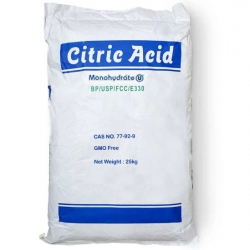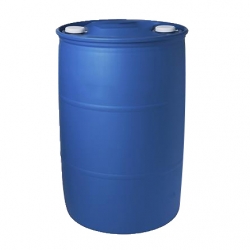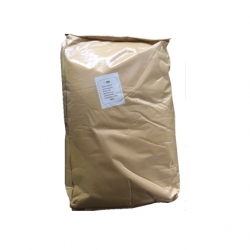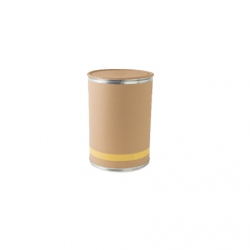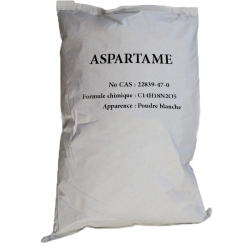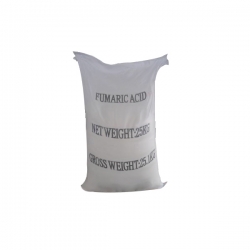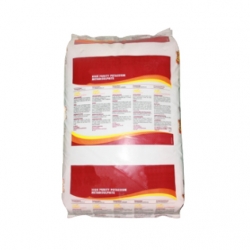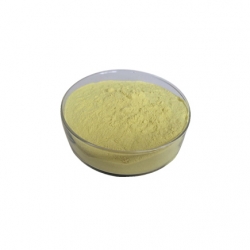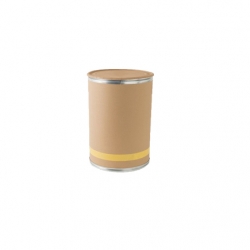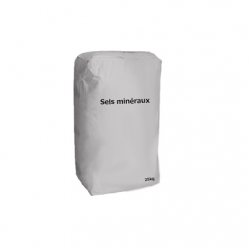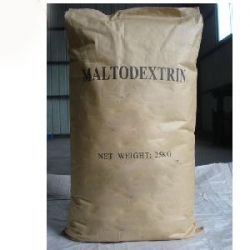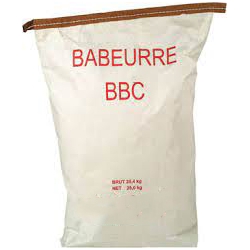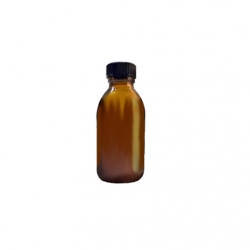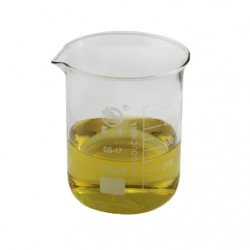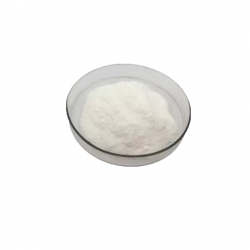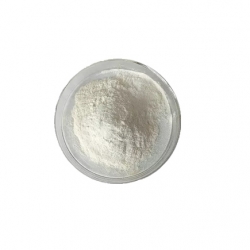No products in the cart.
Active filters
E330 - Citric Acid
Citric Acid is a tricarboxylic acid found in citrus fruits. Citric acid is used as an excipient in pharmaceutical preparations due to its antioxidant properties. It maintains stability of active ingredients and is used as a preservative. It is also used as an acidulant to control pH and acts as an anticoagulant by chelating calcium in blood.
E420 - Sorbitol
Sorbitol is a natural polyol with a sweetness level approximately half that of sucrose. Unlike monosaccharides, its structure does not contain any ketone or aldehyde functions. It is primarily used as a bulk sweetener to replace sucrose.
E952 - Cyclamate
Cyclamate (or sodium cyclamate) is an artificial sweetener discovered in 1937 at the University of Illinois by a student named Michael Sveda.
Cyclamate is also known under the number E952.
E950 - Acesulfame Potassium
Acésulfame K is 150-200 times sweeter than sugar. Acésulfame K is a very stable crystalline sweetener, with a chemical structure similar to saccharin. Acésulfame K is commonly used in combination with aspartame or other sweeteners because it has a synergistic effect to enhance and maintain the sweet taste of foods and beverages.
E951 - Aspartame
Aspartame is an artificial sweetener discovered in 1965. It is a dipeptide composed of two natural amino acids, L-aspartic acid, and L-phenylalanine, the latter in the form of a methyl ester.
E297 - FUMARIC ACID
Fumaric acid, or trans-butenedioic acid, is an unsaturated dicarboxylic acid with the chemical formula HOOC–CH=CH–COOH. It appears as a crystalline white powder that is odorless, combustible but weakly flammable, and slightly soluble in water.
E224 - Potassium Metabisulfite
Potassium metabisulfite, or potassium pyrosulfite, is a chemical compound with the formula K2S2O5. It appears as a crystalline white powder in the monoclinic system, soluble in water, with a faint odor of sulfur dioxide (SO2).
Yeast extract
Yeast extract is a product derived from yeast, single-celled microorganisms belonging to the fungus kingdom. This extract is used in various applications, primarily in the food industry for its flavoring and nutritional properties.
E959 - Neohesperidin
Neohesperidin dihydrochalcone is an intense artificial sweetener (E959) with a high sweetness level (1,500-1,800 times the molar sweetness of sucrose).
MINERAL SALTS
Mineral salts are chemical elements which enter into the composition of organisms and which are present in animal and plant food. They occur in ionic form, like Ca²? for calcium and Cl– for chlorine. These are substances essential to the body.
E1400 - Maltodextrin
Maltodextrin (E1400) is a polysaccharide composed of several glucose units. It is derived from starch, typically from corn, potatoes, or rice.
Buttermilk Powder
Buttermilk powder, a substitute for skimmed milk powder, is a whitish liquid extracted from the churn or butyrator during phase inversion. Its composition is close to that of skimmed milk.
Hazelnut
Hazelnut trees are grown in various regions of the world, including Europe, Asia and North America. Hazelnuts are often used in cooking and baking for their delicate taste and crunchy texture.
E222 - Sodium Bisulfite
Sodium bisulfite (E222) is a food additive used as a preservative.
Hemicellulase
Hemicellulose is composed of several different types of monosaccharide heterogeneous polymers; these sugars are five to six carbon sugars, including xylose, arabinose, mannose, galactose, and so on. In wood, xylan hemicellulose in tissues represents 50% of the total, combining on the surface of cellulose and interconnecting with microfibrils, forming a fibrous network in the shape of a disc connected cell structure.



